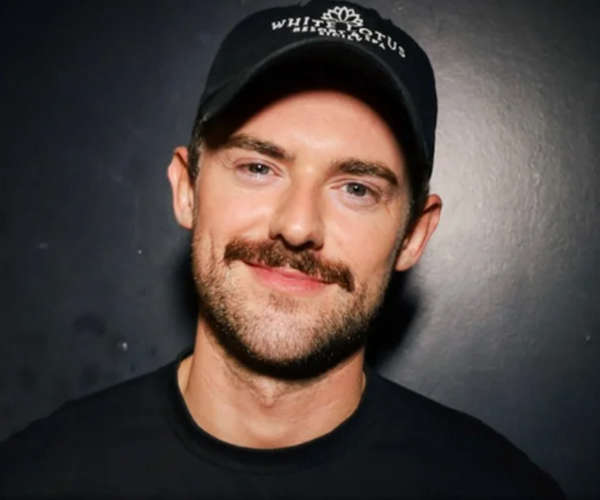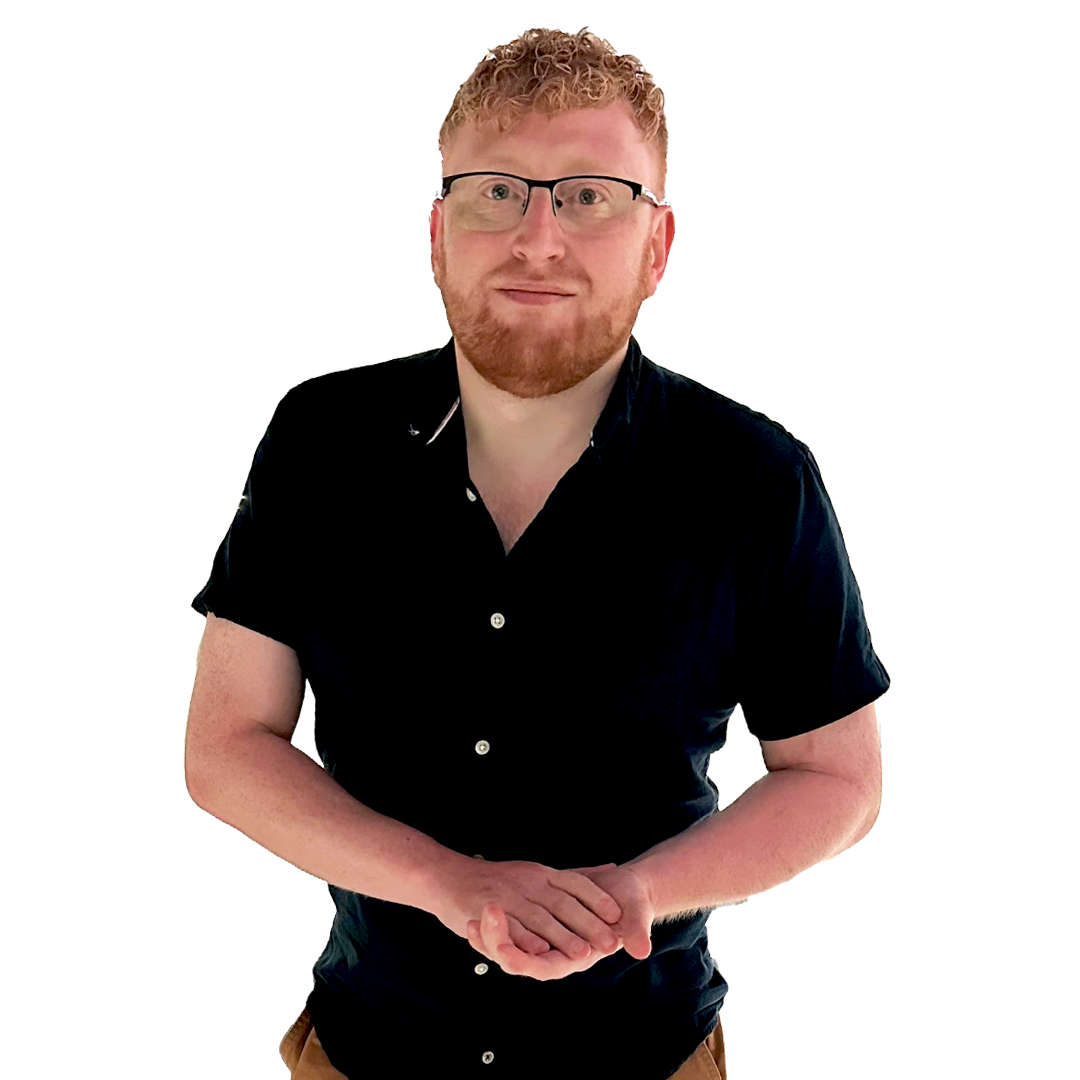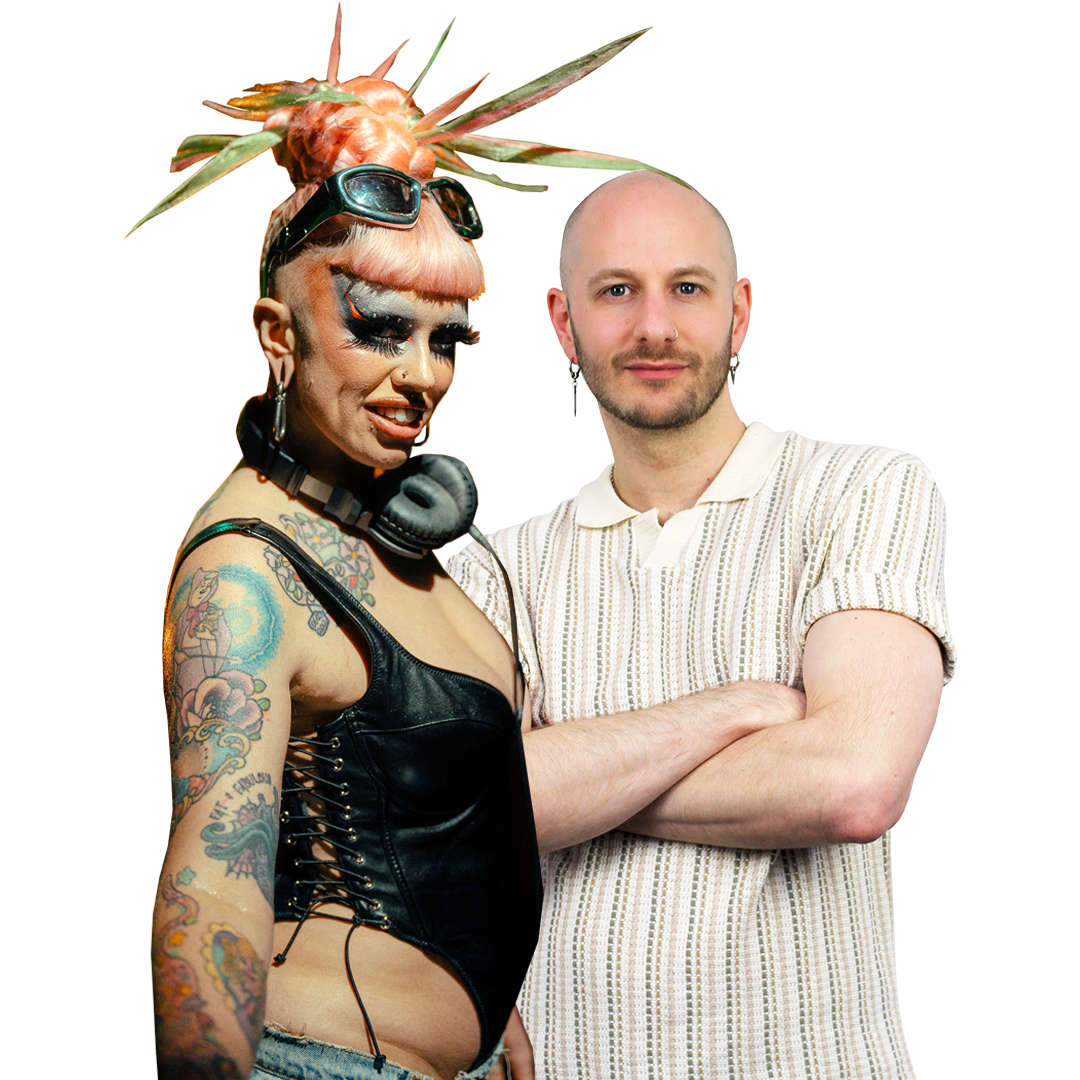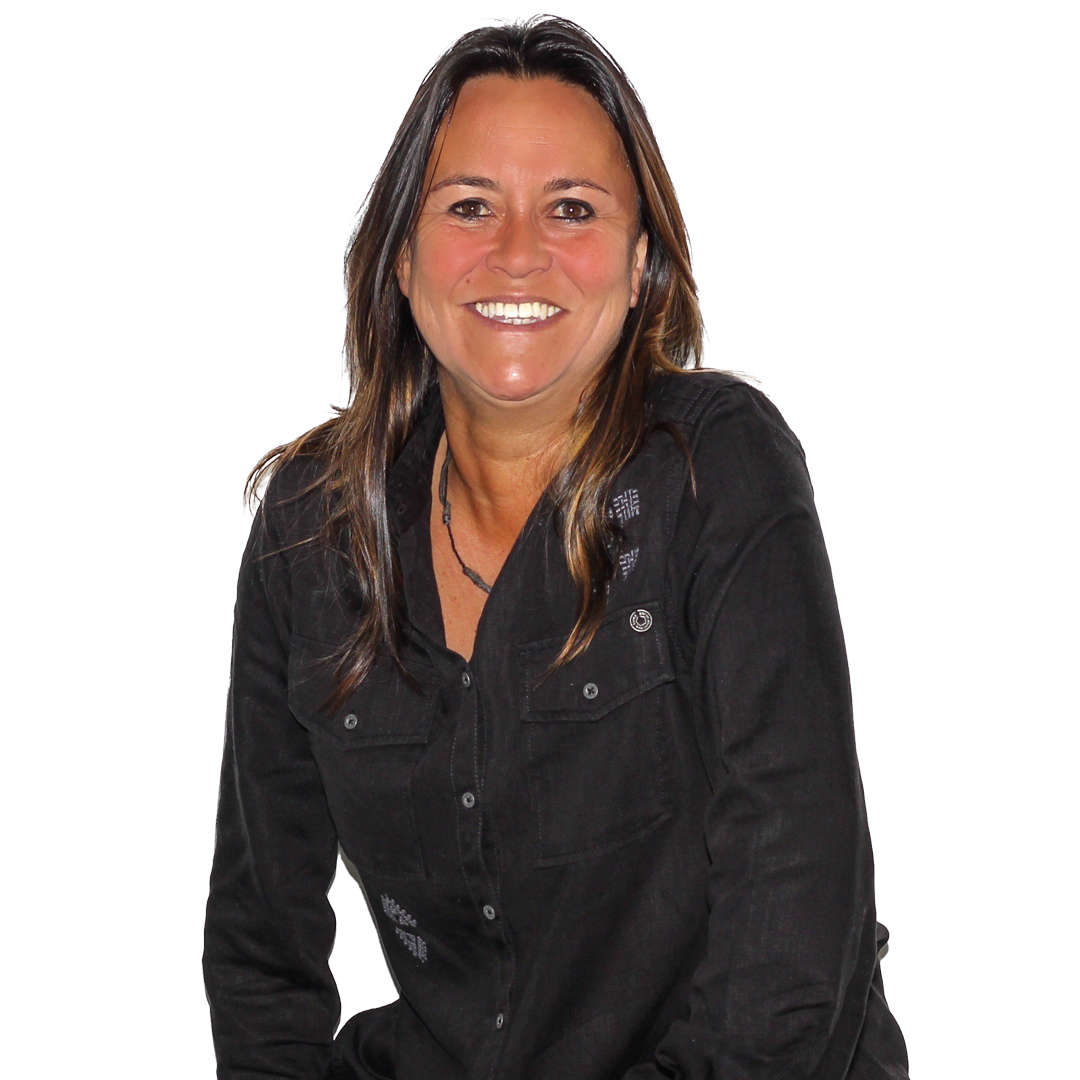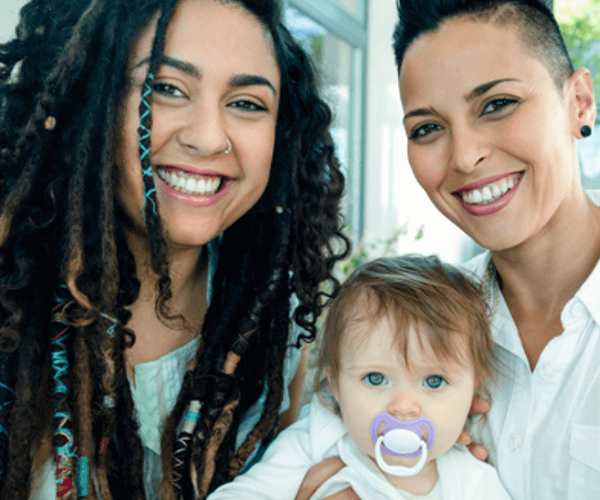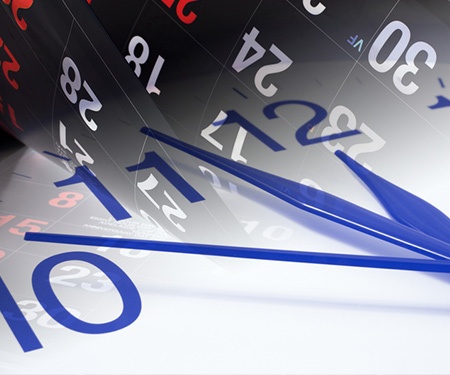With the death of Pope Francis, the wheels are in motion to select a new pontiff.
The rituals for choosing a new pope are elaborate and date back centuries. So how does it work?
Here's what will be happening at the Vatican.
When a pope dies or, more rarely, resigns, the Catholic church enters a period called "sede vacante". This means "empty seat" – as there is no pope sitting on the throne of St Peter.
Pope Francis dies - latest updates
The late pope's ring and seal – which are used to dispatch papal documents – are broken to stop anyone else from using them.
During this time a cardinal – known as the camerlengo or chamberlain – becomes interim chief of the church with limited powers.
"Sede vacante" generally lasts several weeks while the pope's body lies in state, his funeral is held and the cardinals prepare to gather for the conclave.
Obituary: Francis was a champion of the deprived
The conclave
The conclave takes place in the Sistine Chapel, the famous Vatican hall whose walls and ceilings are decorated with the works of Michelangelo.
The meeting features cardinals from all over the world and lasts until a new pope is chosen. Only cardinals under the age of 80 (cardinal electors) are allowed to participate in the conclave and cast their vote for the new pope.
Currently, of the 252 cardinals, there are 135 cardinal electors: 53 from Europe; 23 from Asia; 20 from North America; 18 from Africa; 17 from South America; and four from Oceania.
The country with the most cardinals who can vote is Italy with 17, the US has 10 and Brazil has seven. The UK has three.
Once the conclave begins, the cardinals will not emerge from the Vatican until a new pope has been elected. The word "conclave" comes from Latin, meaning "with key" – a reference to the isolation in which the cardinals are kept.
They hold voting sessions in the Sistine Chapel and sleep in the Casa Santa Marta hotel inside the Vatican's grounds.
The longest conclave lasted nearly three years, between 1268 and 1271. Several have lasted only one day. The one which elected Pope John Paul in 1978 lasted less than three days. Cardinals chose Pope Francis in around two days.
While the conclave is ongoing, cardinals are not able to communicate with the outside world. No telephones, internet use or newspapers are allowed.
Except for the first day, when only one ballot is held, the cardinals hold two daily balloting sessions until one candidate has a majority of two-thirds plus one. They are all sworn to secrecy about the voting.
White smoke?
So how do we know if a decision has been reached? Yes, this is the black smoke, white smoke part.
If the cardinals have not reached a majority, the cards and the tally sheets are placed in a stove and burned with an additive to produce black smoke, showing the outside world that a pope has not yet been chosen.
Watching for the tell-tale smoke arising from the top of the Sistine Chapel is something of a tradition, with Catholics crowding into St Peter's Square for the spectacle.
If no result has been reached in three days, the sessions are suspended for a day to allow for prayer and discussion. More ballots are then held until a two-thirds majority is reached.
When enough cardinals agree on a candidate for the next pope, that candidate is then asked if he accepts and by which name he wishes to be known.
Then the ballots are burned as before, but with an additive to produce white smoke.
New pope proclaimed
The new pope then dons his new papal vestments – tailors keep large, medium and small sizes ready – and sits on a throne in the Sistine Chapel to receive the other cardinals who file up to pay homage and swear obedience to the church's new leader.
The senior cardinal deacon then steps out onto the central balcony of St Peter's Basilica overlooking the square and announces in Latin: "Annuntio vobis gaudium magnum. Habemus Papam" (I announce to you a great joy. We have a pope) and reveals the cardinal's name and the name he has chosen.
The new pope then appears on the balcony to deliver his first public pontifical greeting and bless the crowds in St Peter's Square.
A few days later, the new pope celebrates a mass that marks the beginning of his ministry.

(c) Sky News 2025: How is a new pope chosen and what is a papal conclave?

 Kristi Noem: Top Trump official's handbag - containing $3,000 in cash and security pass - stolen in burger restaurant
Kristi Noem: Top Trump official's handbag - containing $3,000 in cash and security pass - stolen in burger restaurant
 Starmer and Zelenskyy discuss ending Russia's 'brutal war' - as Putin says says he is open to bilateral talks on longer ceasefire
Starmer and Zelenskyy discuss ending Russia's 'brutal war' - as Putin says says he is open to bilateral talks on longer ceasefire
 Royal Navy's flagship HMS Prince of Wales begins eight-month deployment
Royal Navy's flagship HMS Prince of Wales begins eight-month deployment
 JD Vance and his family arrive in India after Trump called country 'big abuser' on trade
JD Vance and his family arrive in India after Trump called country 'big abuser' on trade
 Gangs behind billion-pound cyber scam industry expanding as they try to dodge government crackdowns - new UN report
Gangs behind billion-pound cyber scam industry expanding as they try to dodge government crackdowns - new UN report
 'British man' dies after being dragged out of police station in Ecuador - reports
'British man' dies after being dragged out of police station in Ecuador - reports

